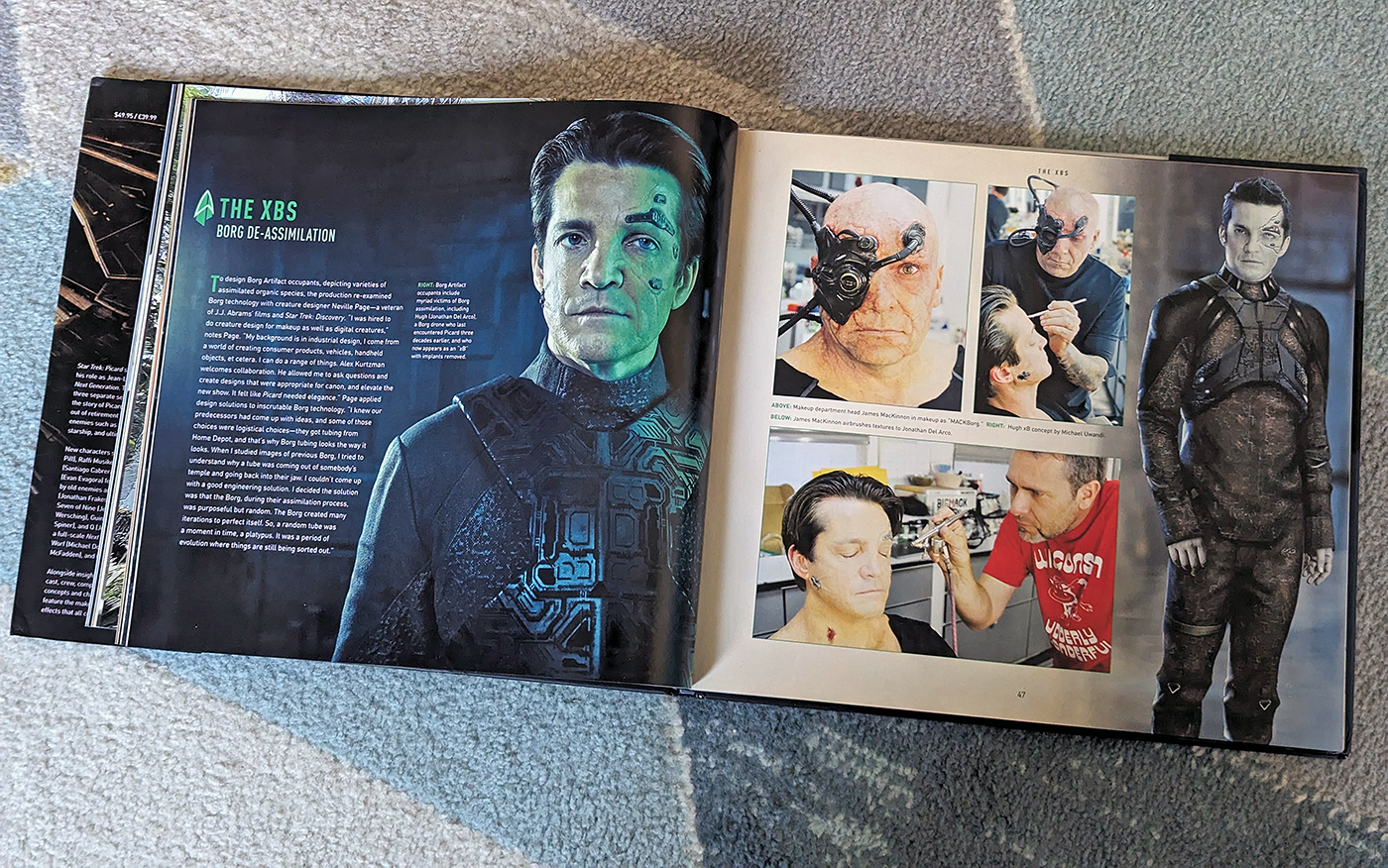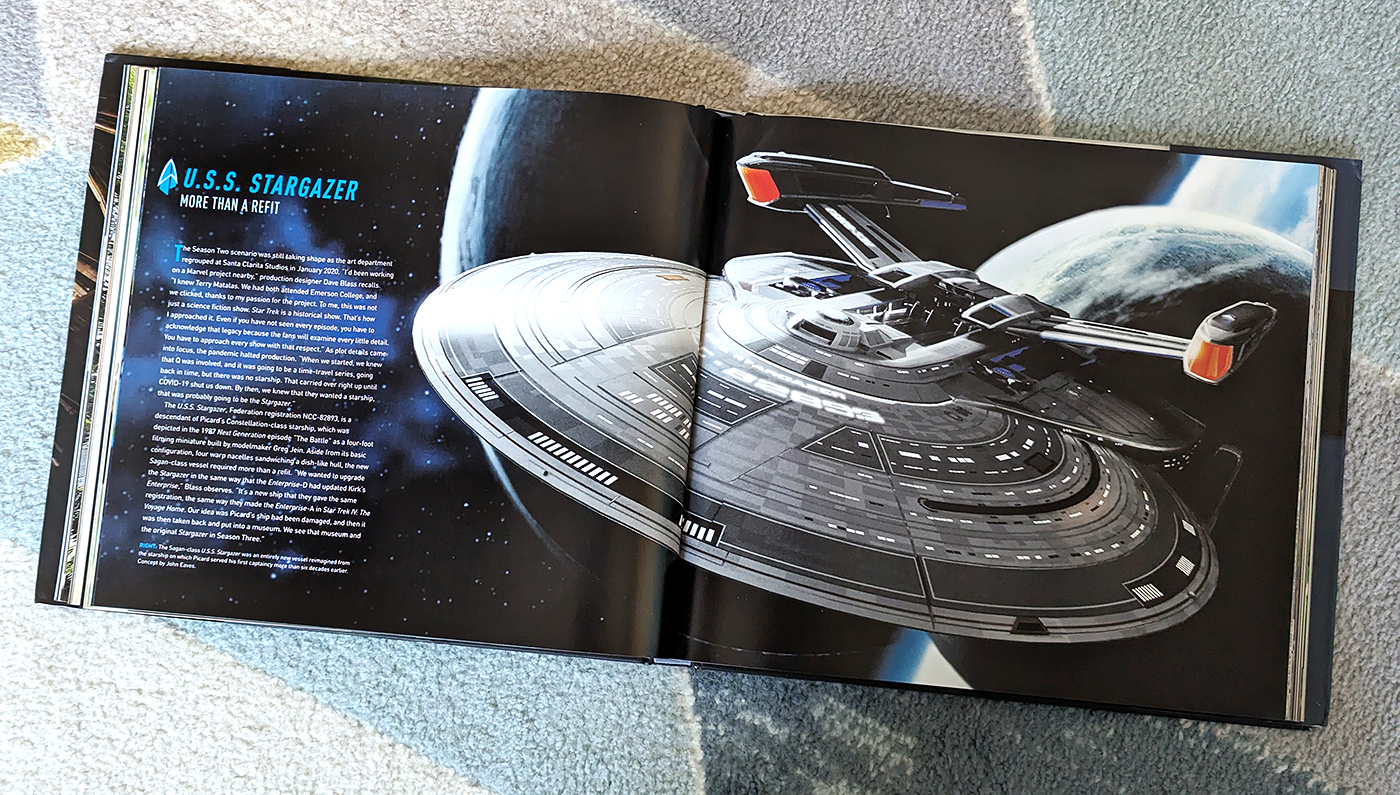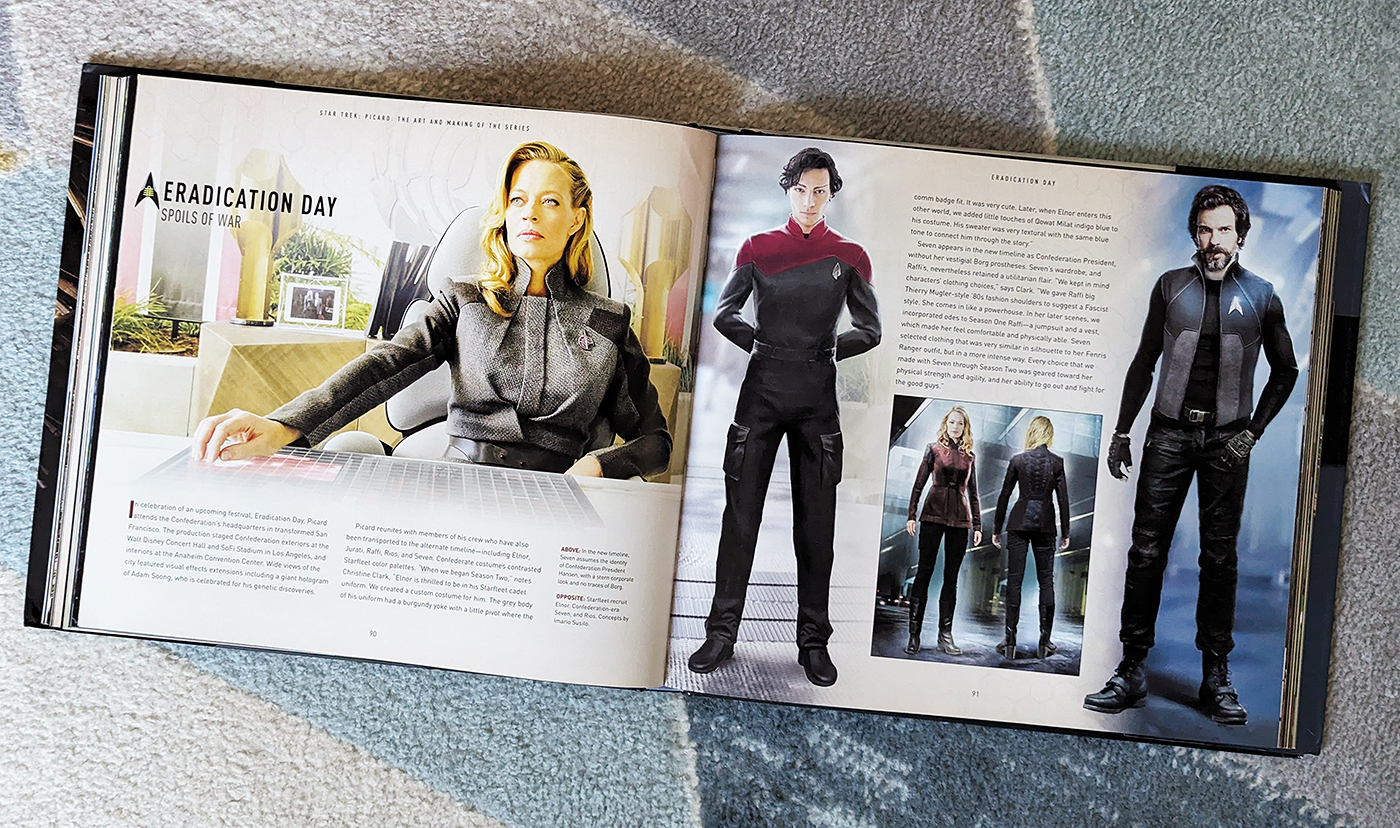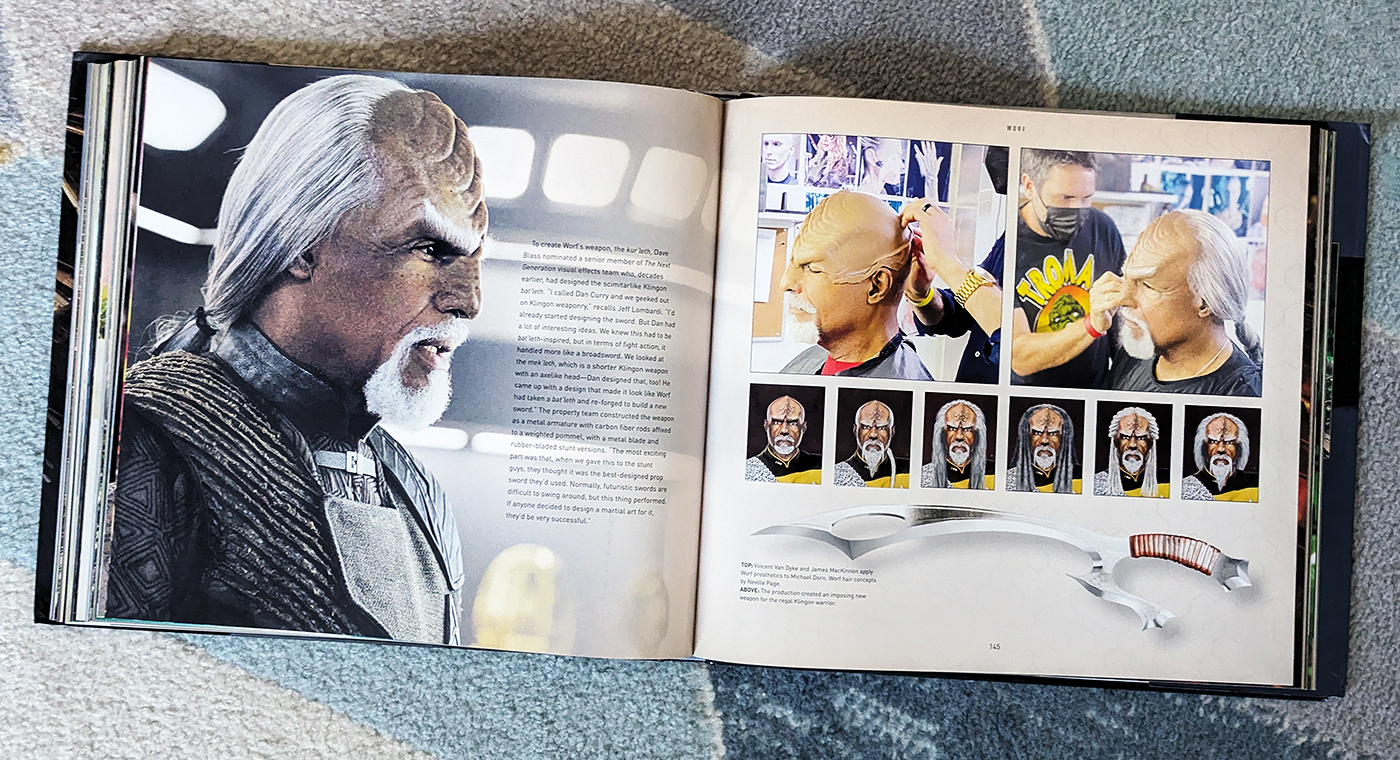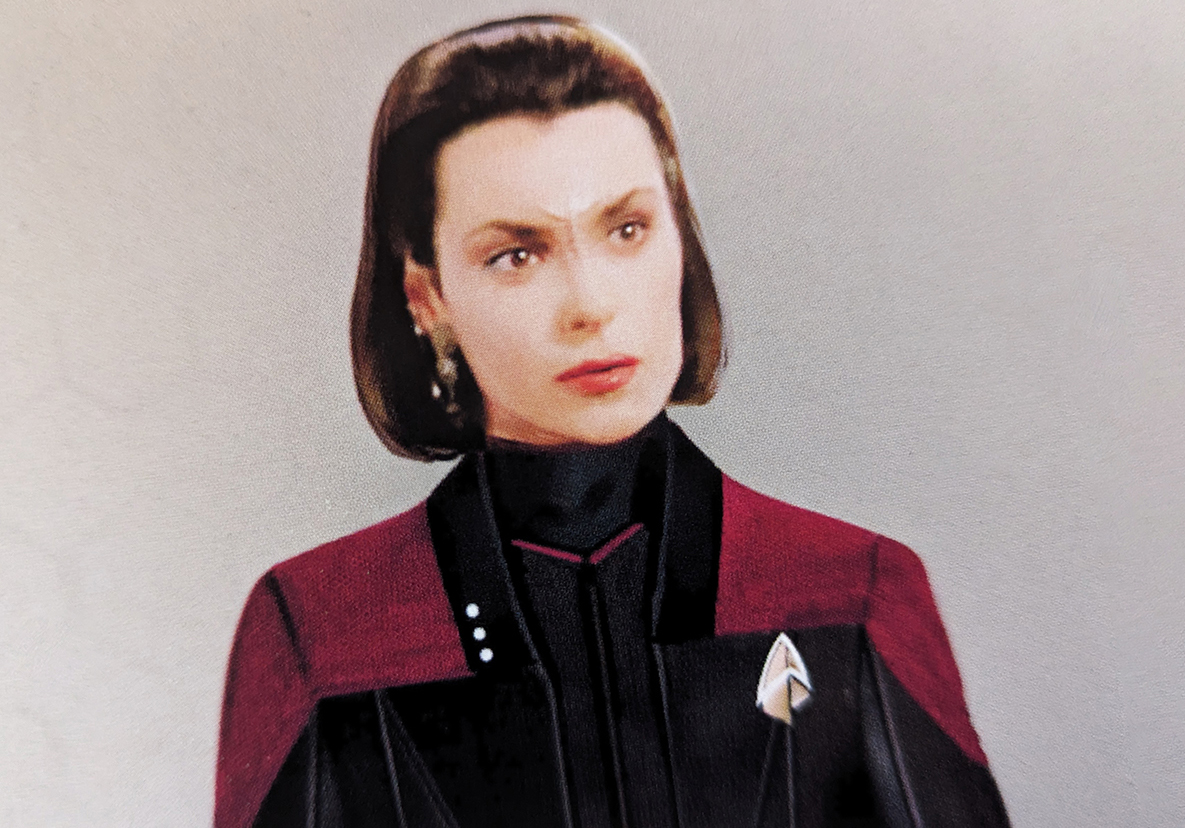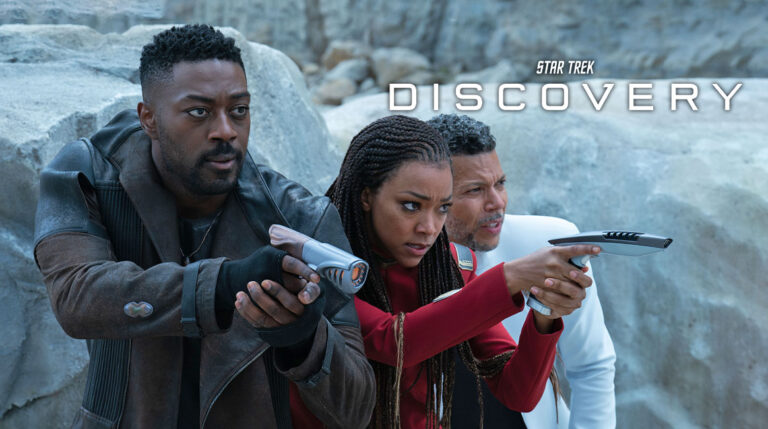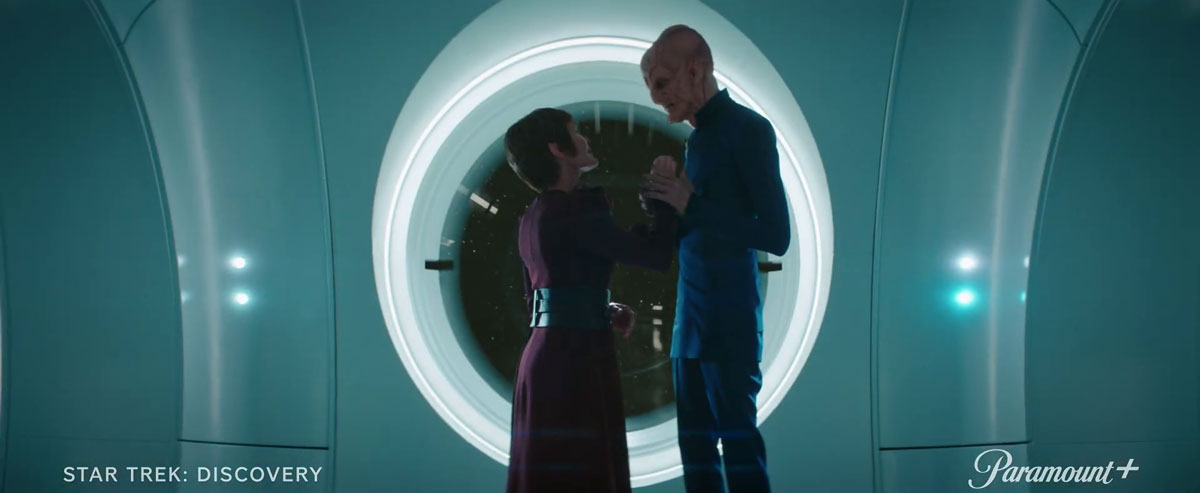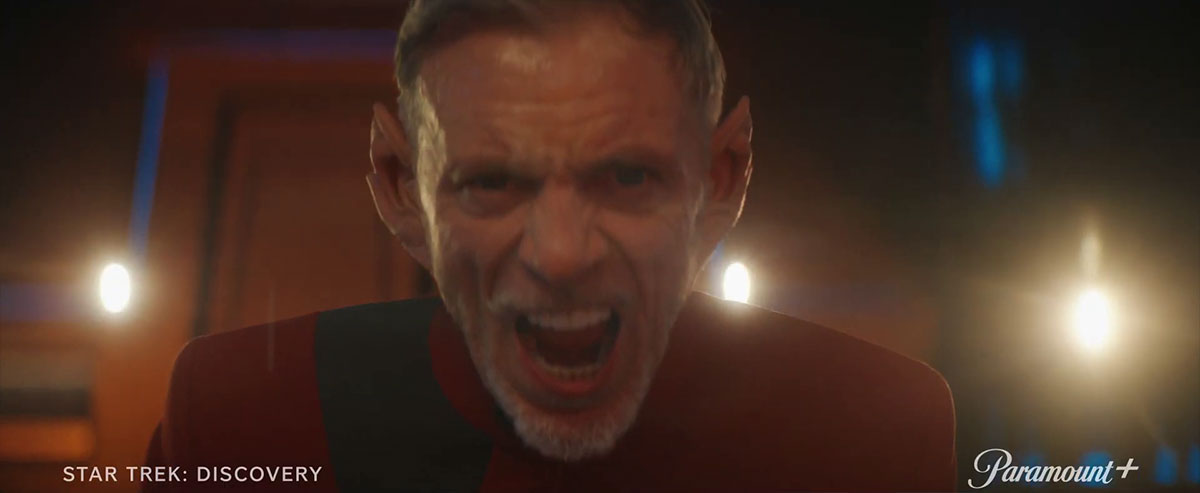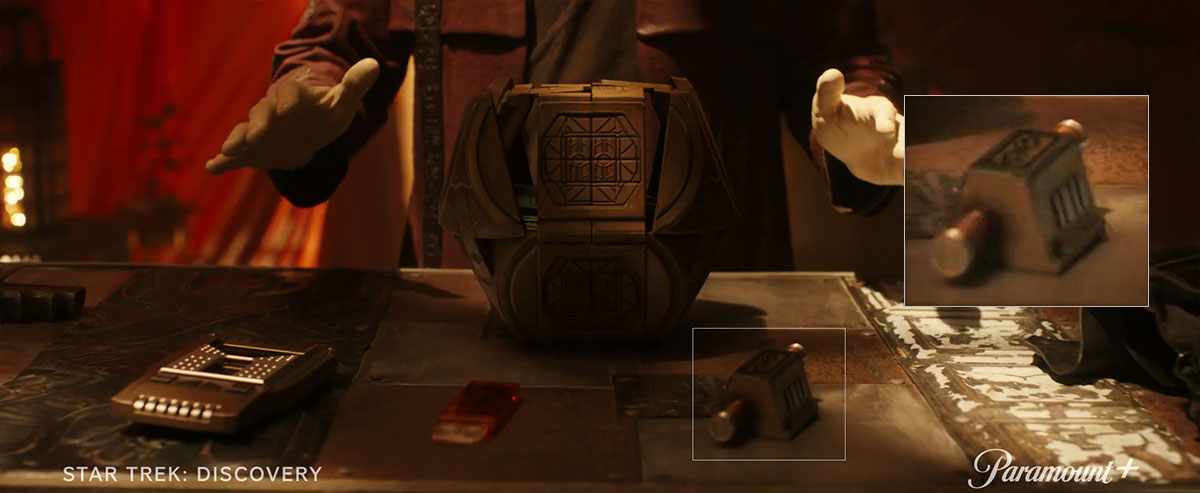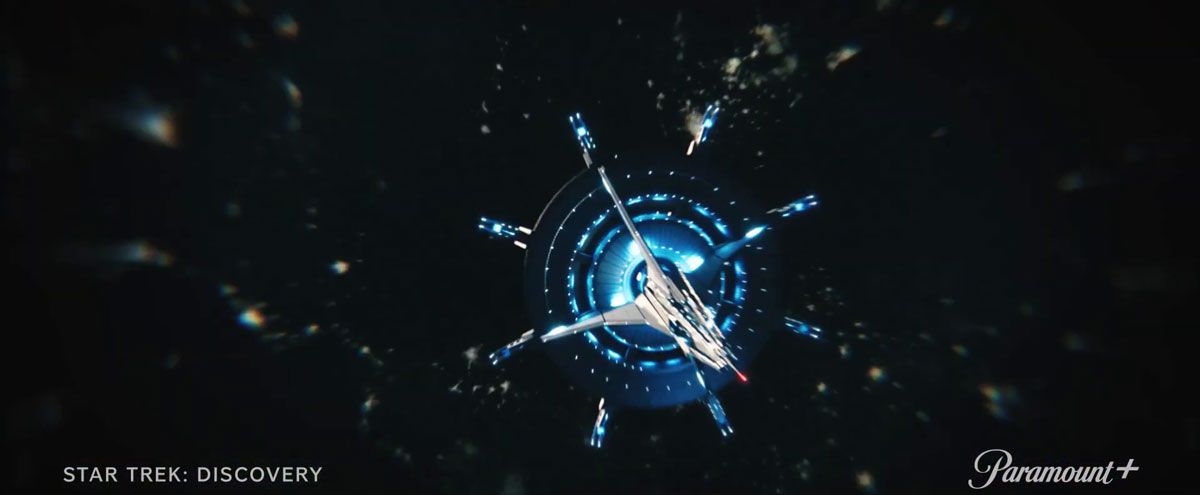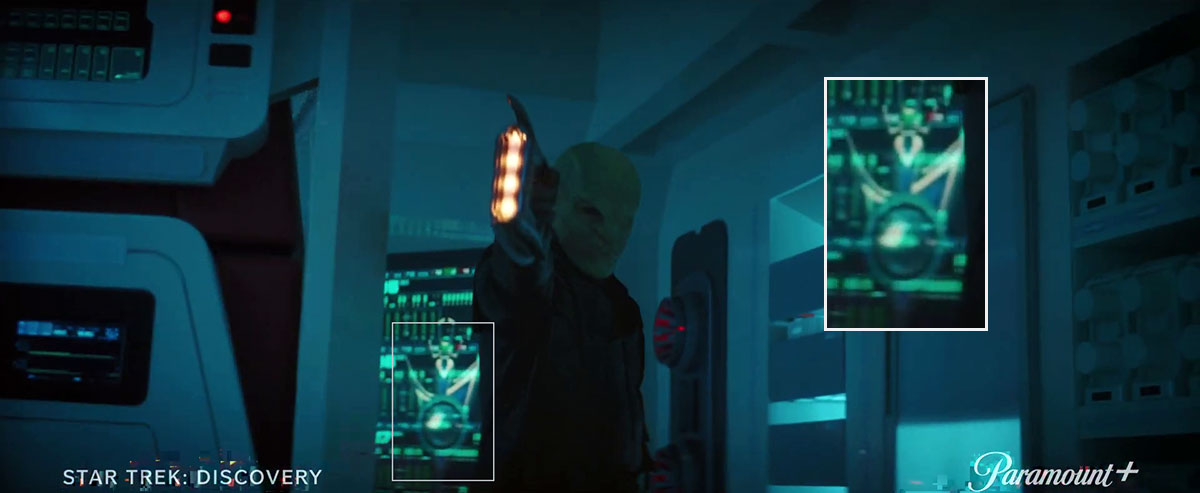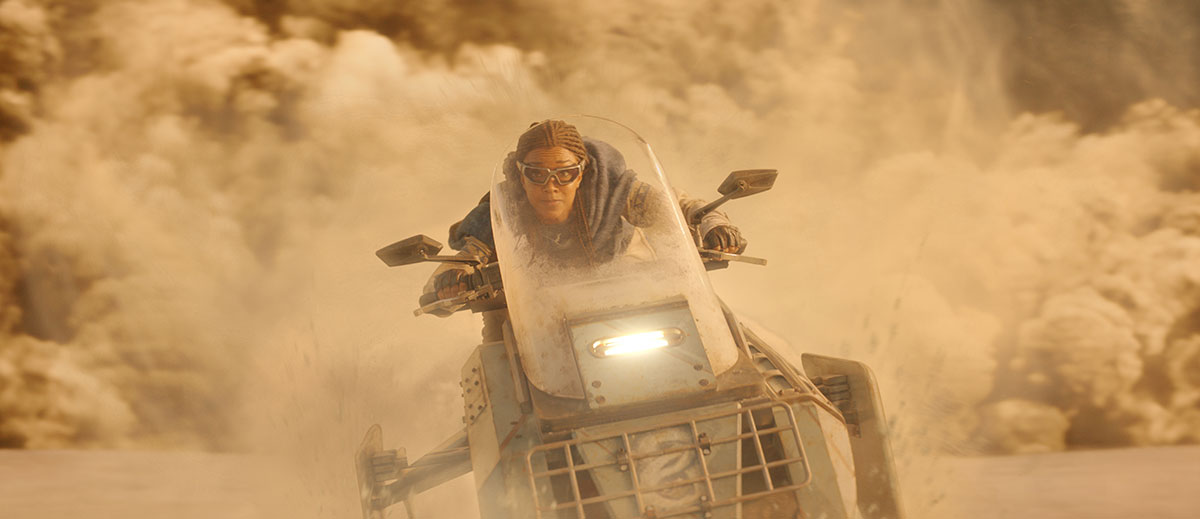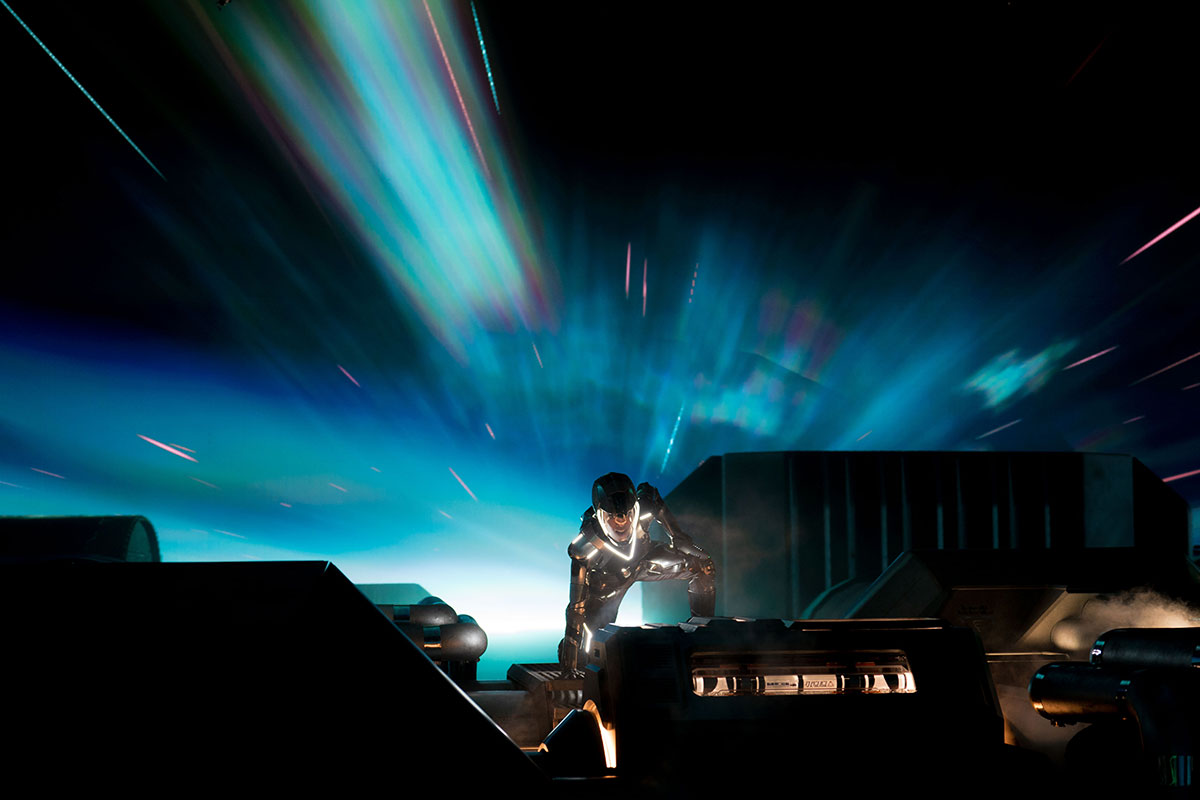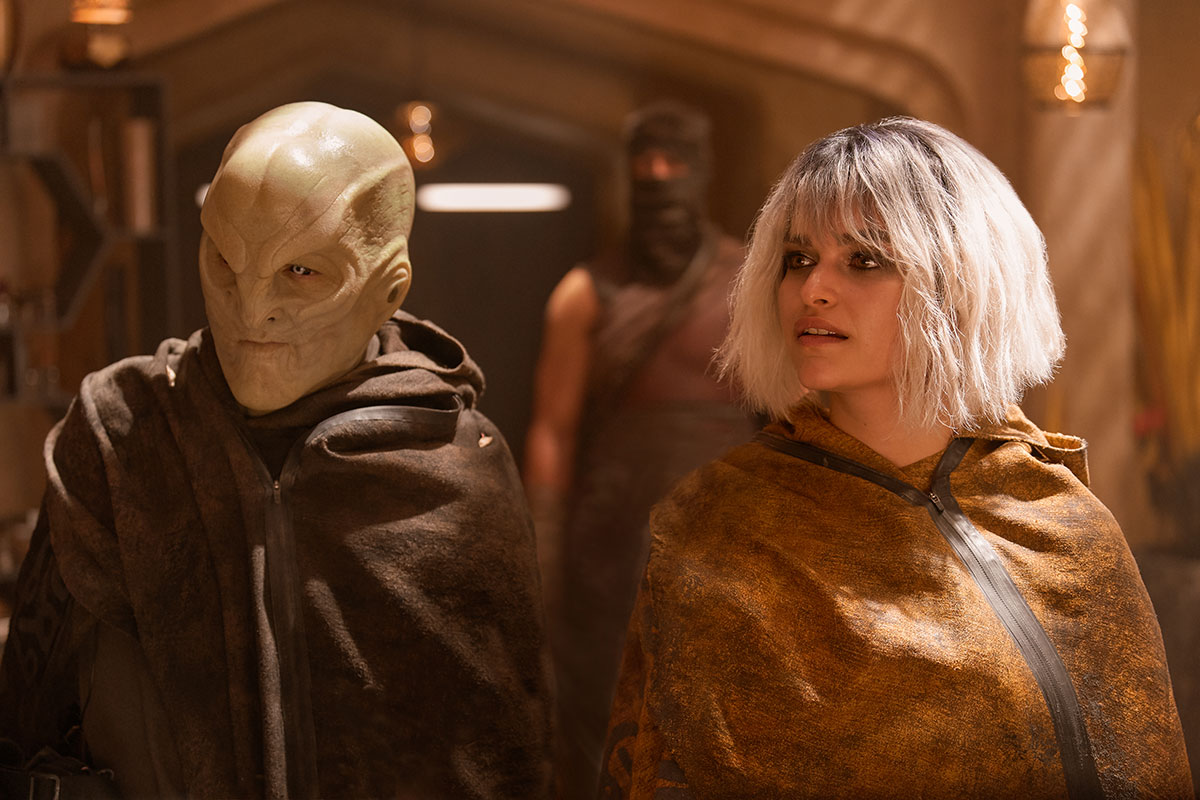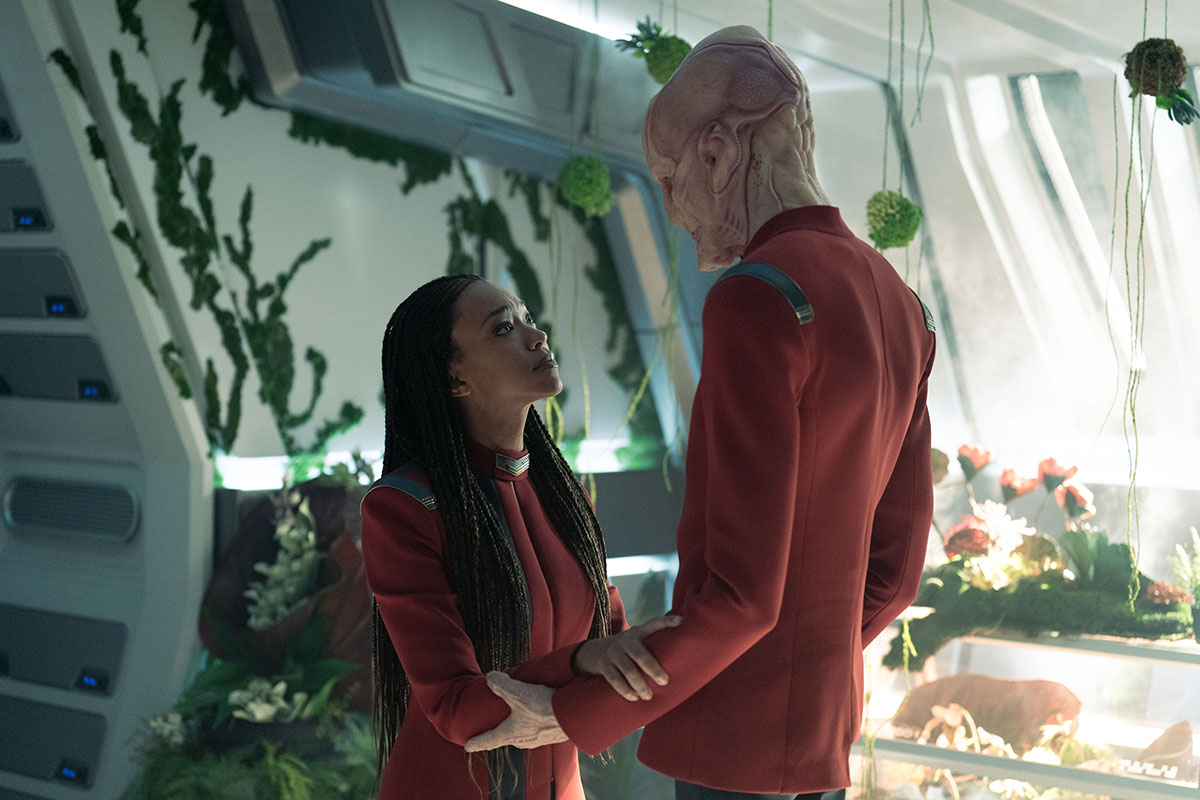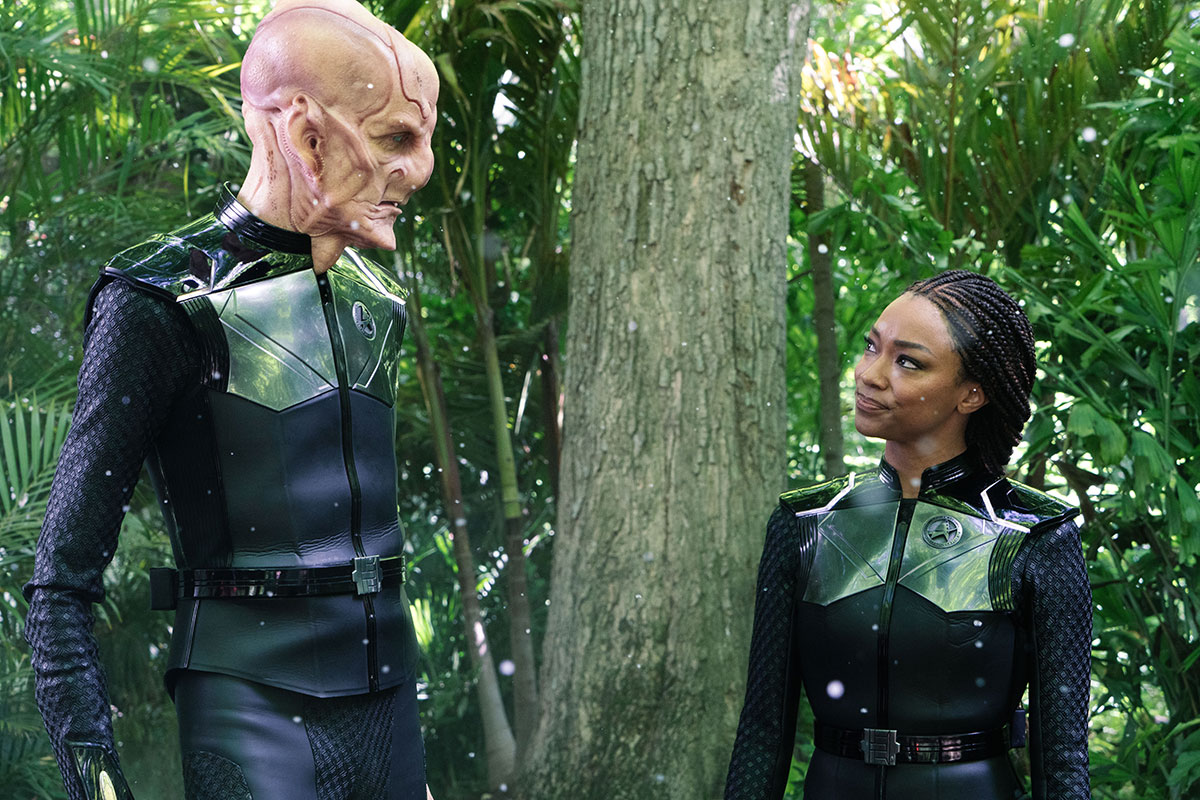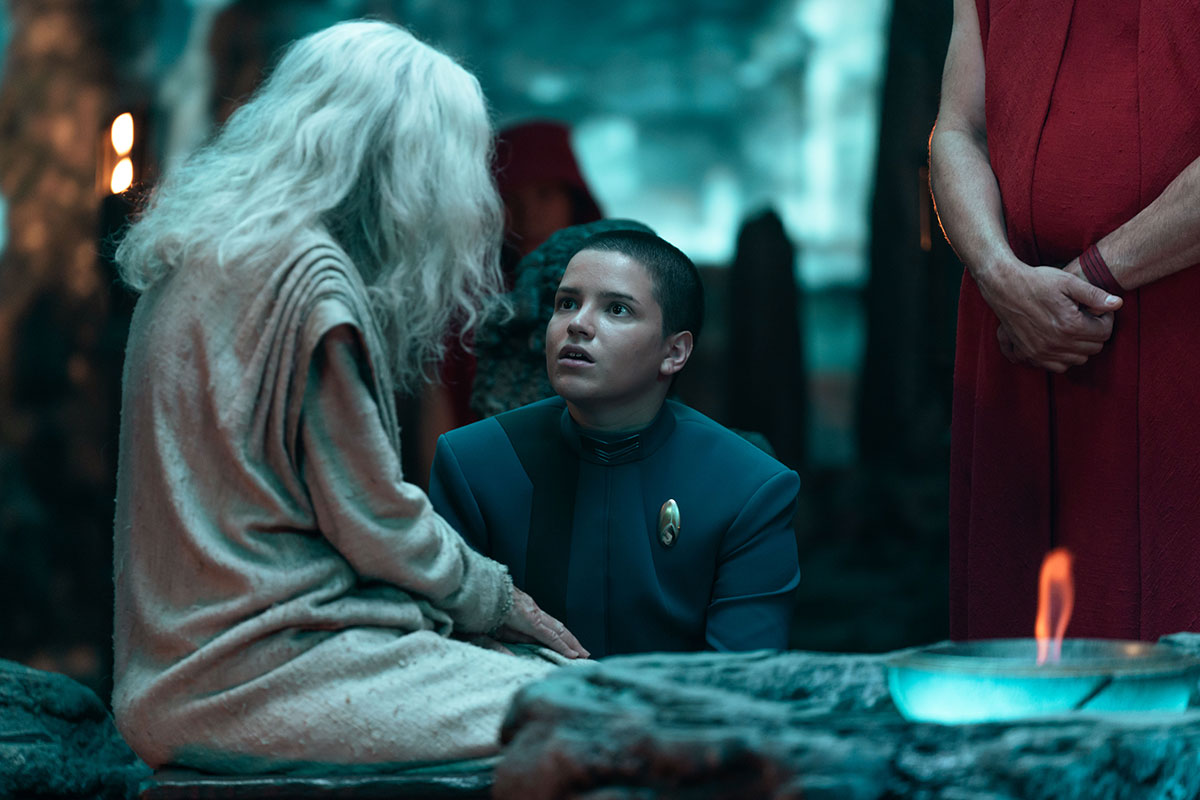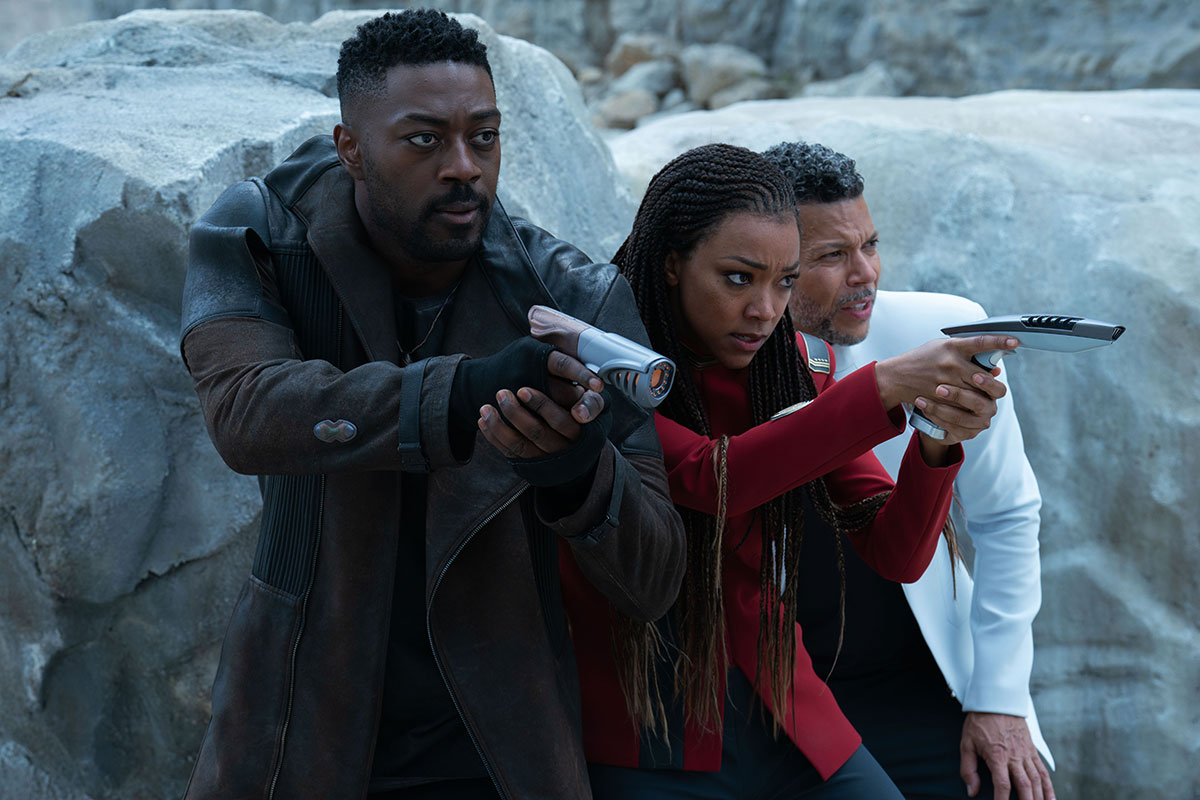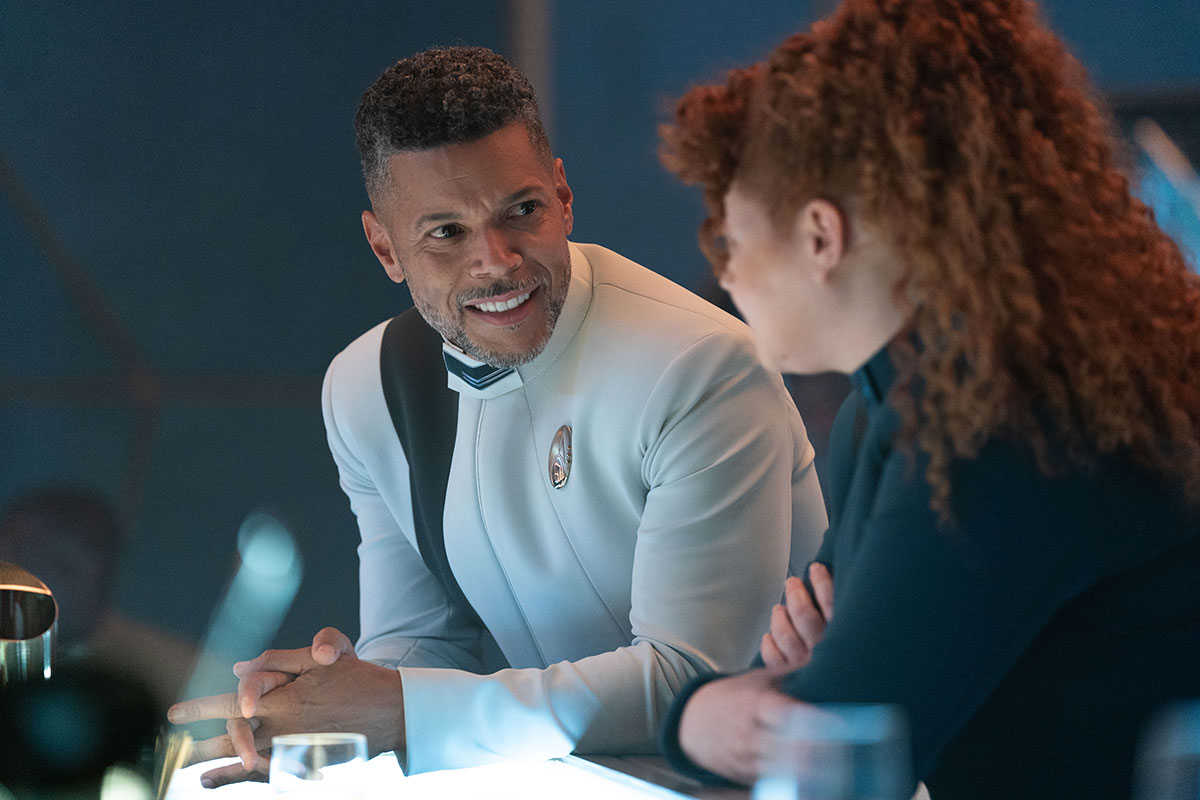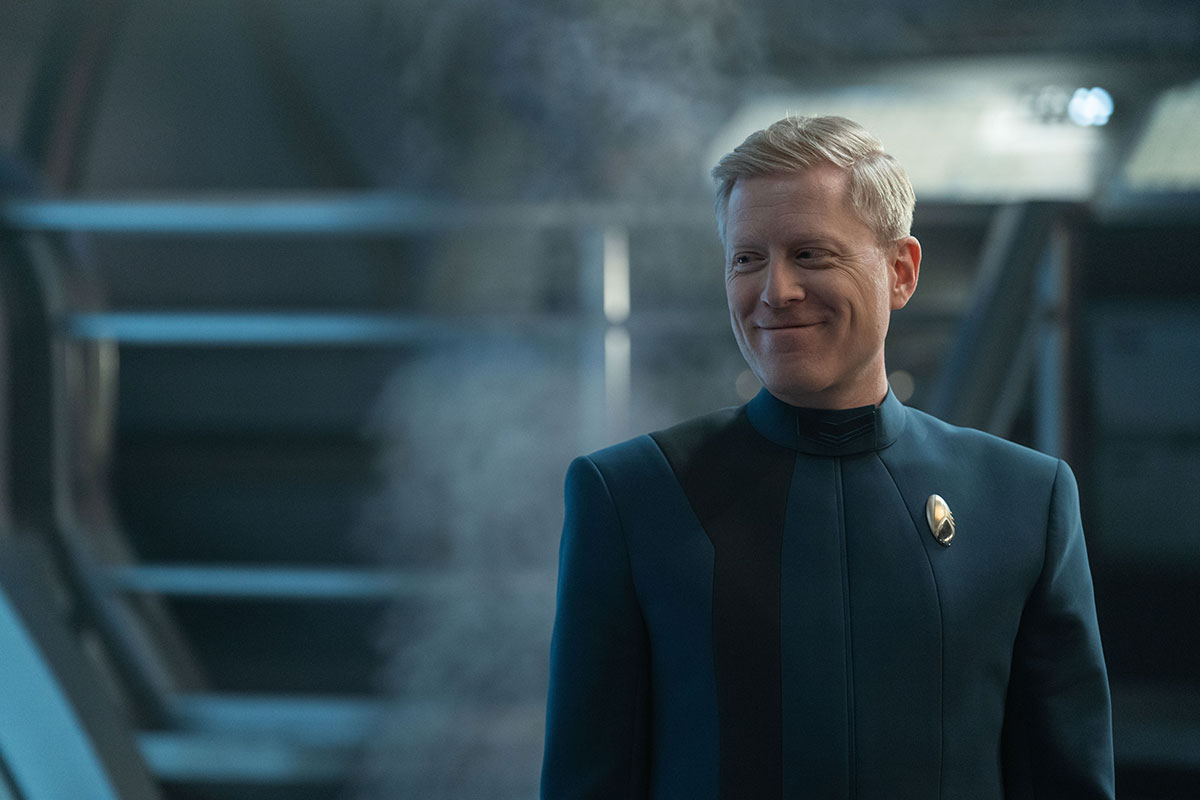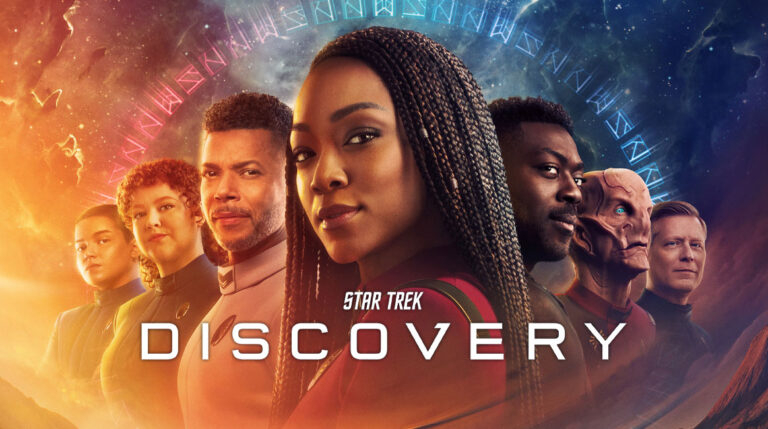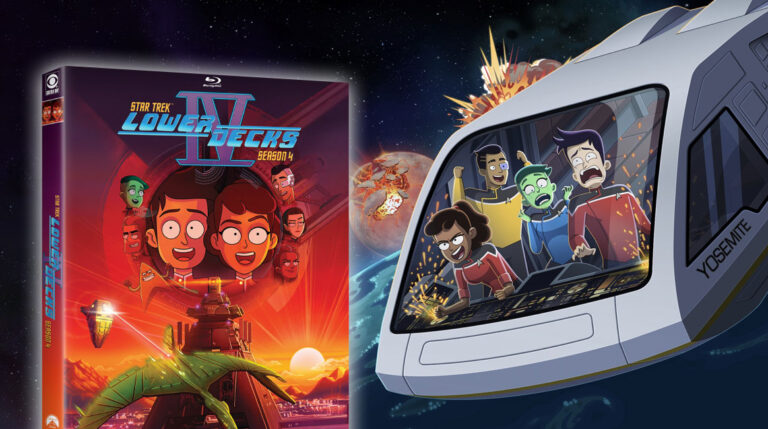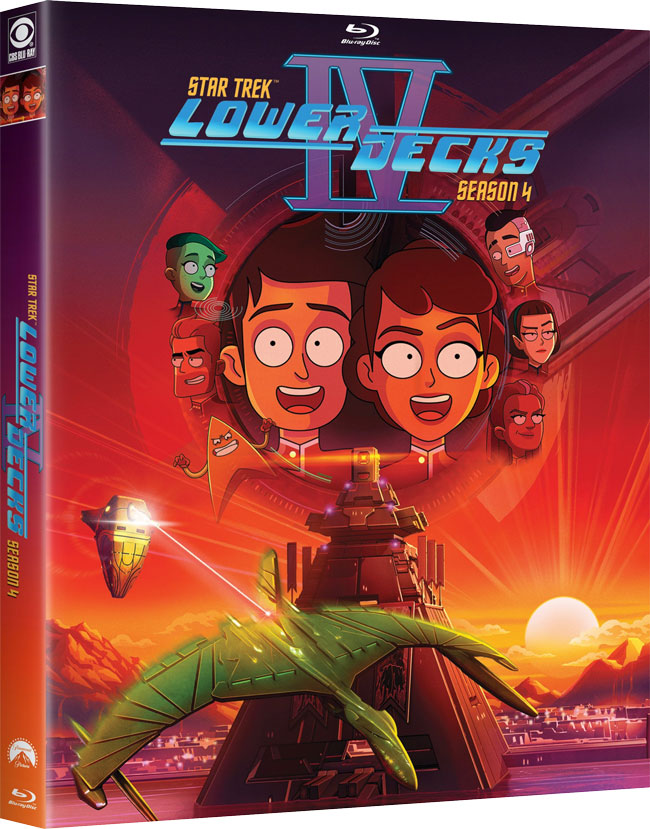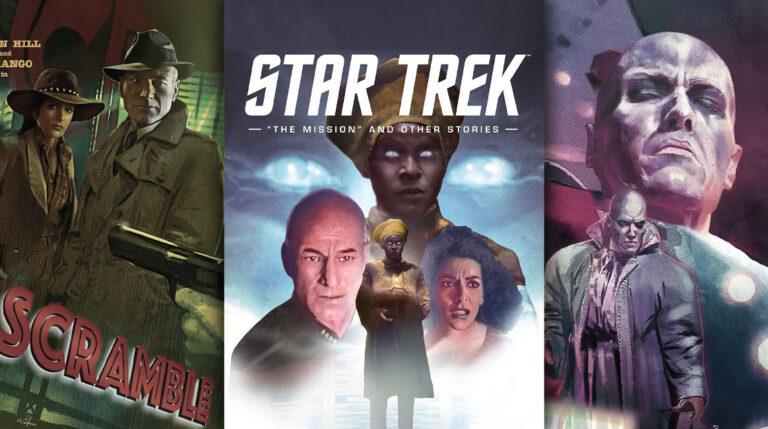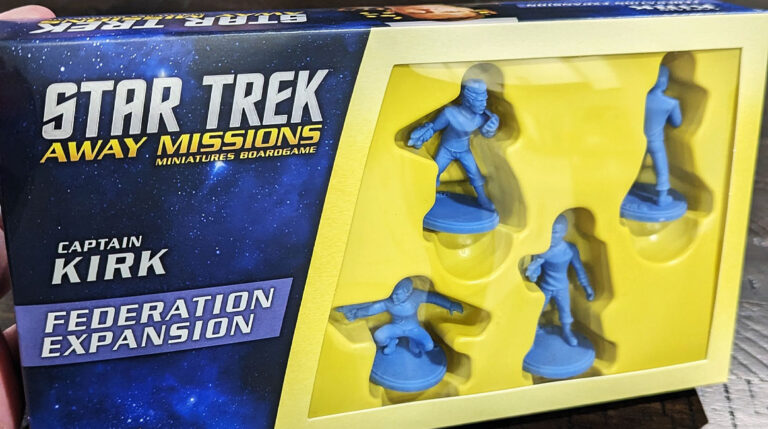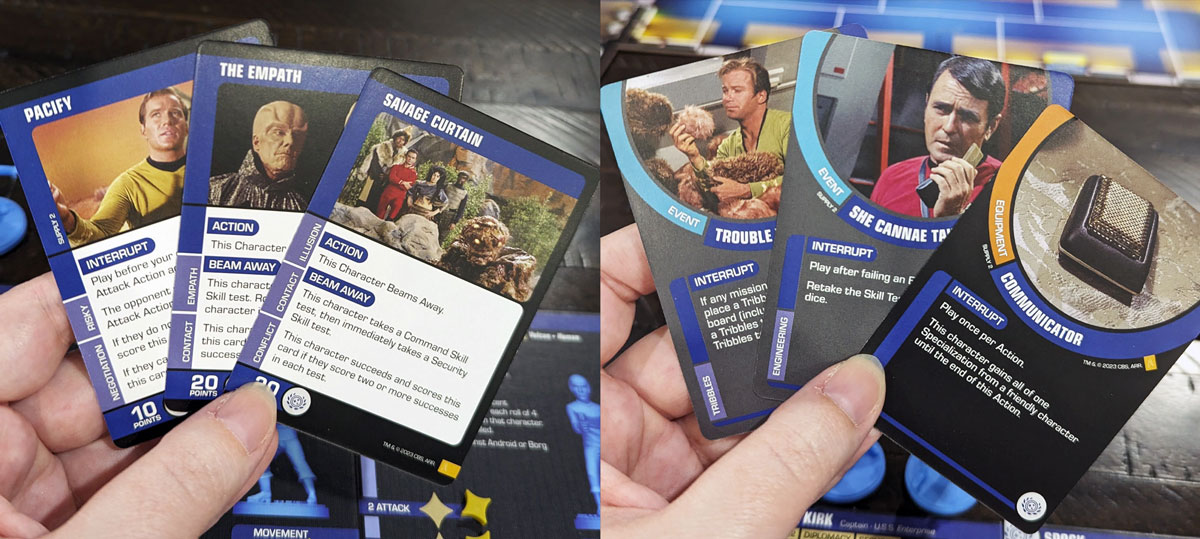Star Trek: Explorer, the official Star Trek magazine, returns this month with Star Trek: “The Mission” And Other Stories, another new collection of brand-new short fiction from fourteen Trek writers.
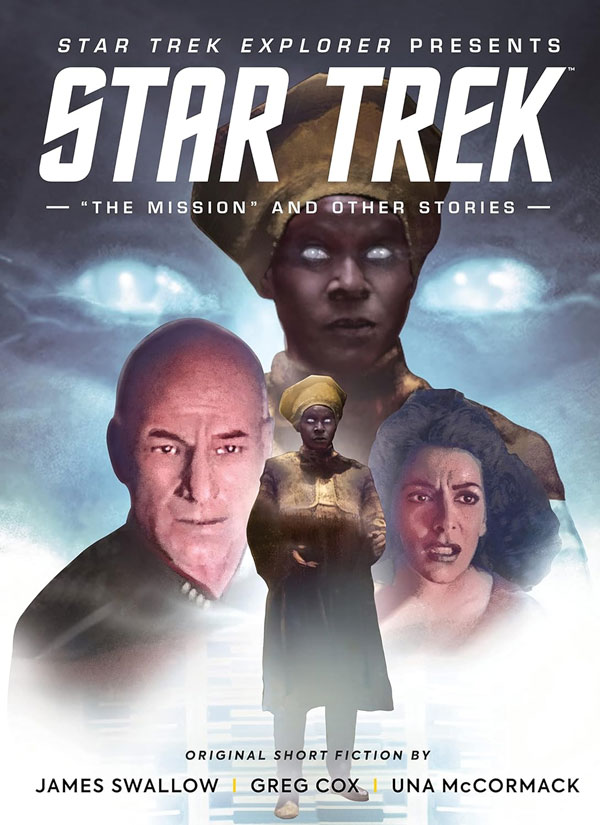
This anthology touches on Star Trek: The Original Series, Star Trek: The Next Generation, Star Trek: Deep Space Nine, Star Trek: Voyager, and Star Trek: Enterprise, and include a Dixon Hill tale, a story centered on Captain Archer’s dog Porthos, and more.
Here’s the full listing of this collection’s tales:
CONTROL by John Reed, Art by Louie De Martinis
A tale starring Captain Jonathan Archer’s loyal dog, Porthos.
THE GUARDIAN by Gary Russell, Art by Louie De Martinis
A prelude the classic episode “What Are Little Girls Made Of?”
THE DISAVOWED by Christopher Cooper
The crew of the Enterprise lose all memory of William Riker!
PAGHABI by Chris Dows, Art by Louie De Martinis
Guinan is invaded by a sinister force.
“PULASKI 2.0” by Greg Cox
Doctor Katherine Pulaski experiences life as an android.
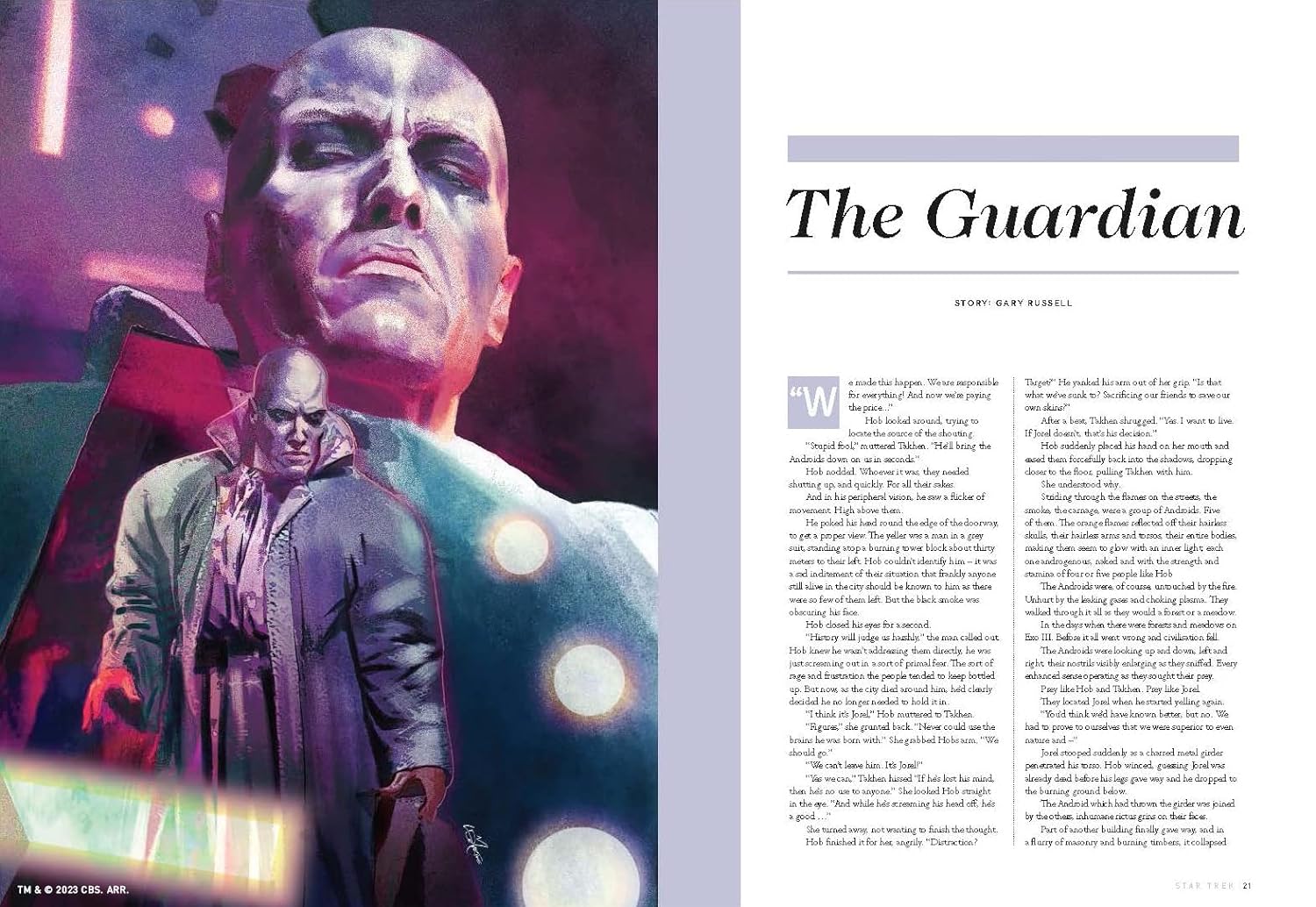
THE EXPERT by Gary Russell, Art by Louie De Martinis
A family is torn apart when the Borg strike.
SCRAMBLE by Greg Cox, Art by Louis De Martinis
A return to the noir world of Dixon Hill.
THE MISSION by James Swallow, Art by Louie De Martinis
Espionage runs rife aboard Deep Space 9.
‘THINGS CAN ONLY GET BETTER’ by Una McCormack, Art by Louie De Martinis
Kira Nerys and Garak discuss their opposing ideologies.
FRONTIER MEDICINE by Michael Carroll, Art by Louie De Martinis
Doctor Julian Bashir has a career defining adventure.
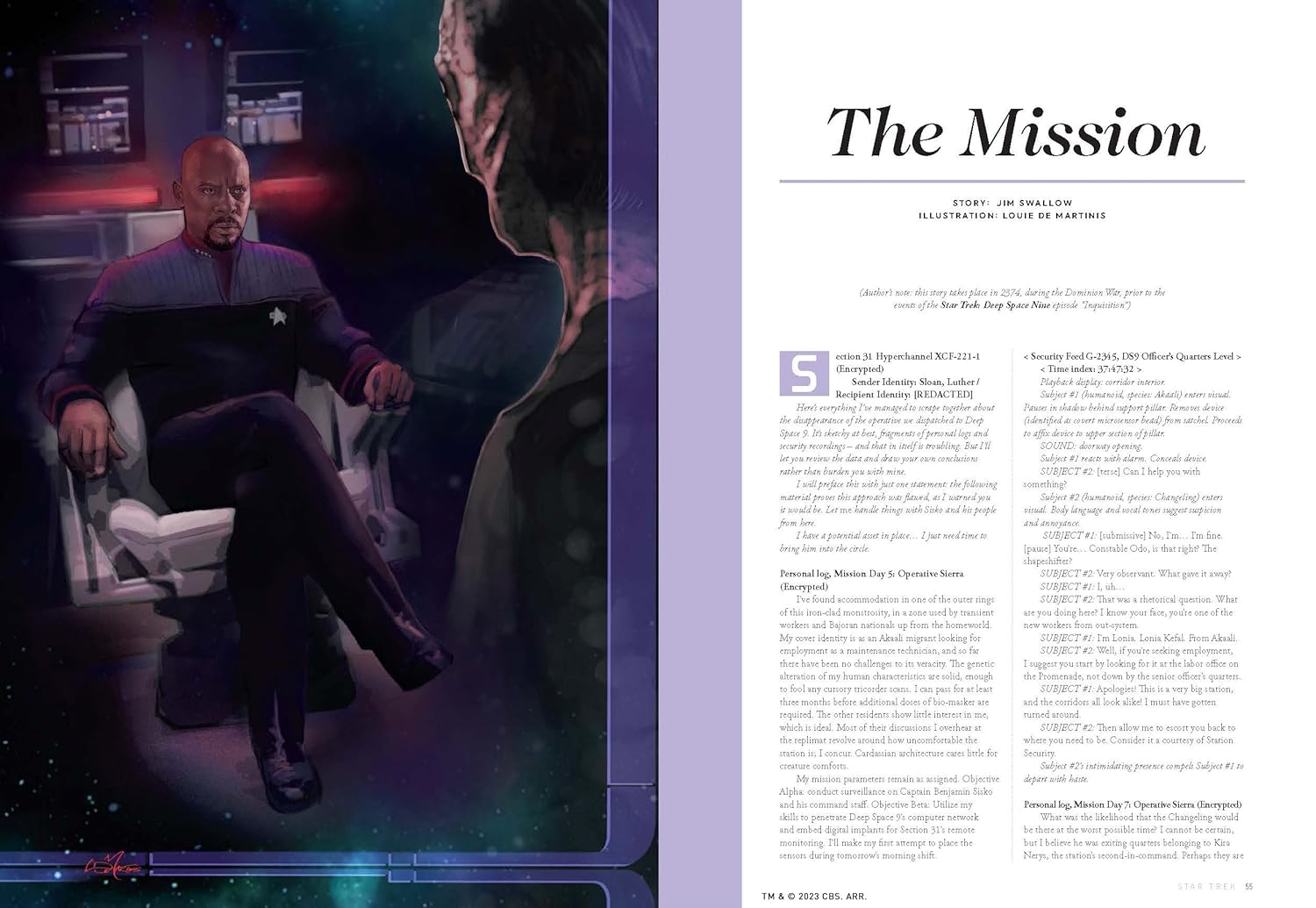
BY SPECIAL REQUEST by John Peel, Art by Louie De Martinis
Miles O’Brien and Julian Bashir enjoy some rest and recreation with a difference.
THE VICTIM by John Peel, Art by Andy Walker
Garak moves in for a kill, but can he pull the trigger?
YOU CAN’T BUY FATE by Keith R.A. DeCandido, Art by Andy Walker
A first contact mission through the wormhole doesn’t quite go according to plan.
SUMMER DAYS CAN LAST FOREVER by Michael Collins, Art by Michael Collins
The dull 1950s town of Patterson Creek is livened by some unusual visitors.
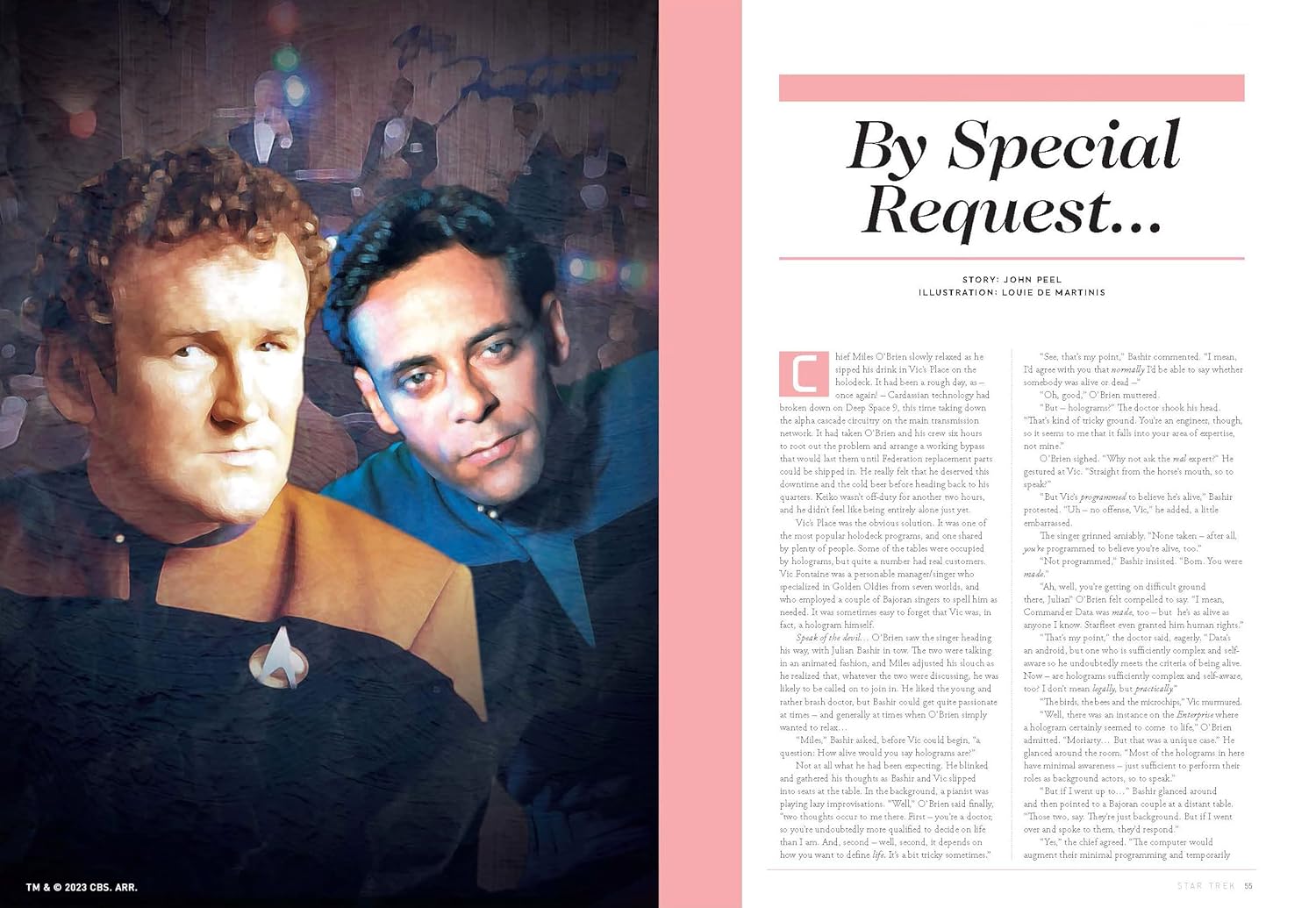
We also had the chance to catch up with longtime Star Trek novelist Greg Cox, contributed two entries to this new collection.
TREKCORE: What can fans look forward to in this new short fiction compilation from Star Trek Explorer, and from your stories in particular?
GREG COX: As with the previous compilation (which I’m proud to be included in — twice), you have a cool variety of brand-new Trek stories stretching from the Original Series, to The Next Generation, Deep Space Nine, Voyager, and Enterprise, featuring an interesting assortment of characters from different series. Kind of a Star Trek fiction sampler pack!
TREKCORE: After having written multiple Star Trek novels, how does writing short stories like this compare?
COX: A very different challenge. Instead of coming up with a story big enough to sustain an entire novel, you need to find a story that can be told in 2,500 words or less. By contrast, most of my recent Trek novels have been over 100,000 words long. That’s a big difference!
TREKCORE: What are the biggest advantages to the short story format, and what are the biggest challenges?
COX: The advantage is that you can explore ideas and stories that probably don’t have an entire novel in theme: shorter adventures and vignettes. And you have to be VERY tight with your prose. With a novel, you have room to get a little wordy and go off on tangents.
When you only have 2,500 words to play with, every sentence, every word, has to count. It’s been fascinating seeing how other writers cope with that word limit, each in their own way.
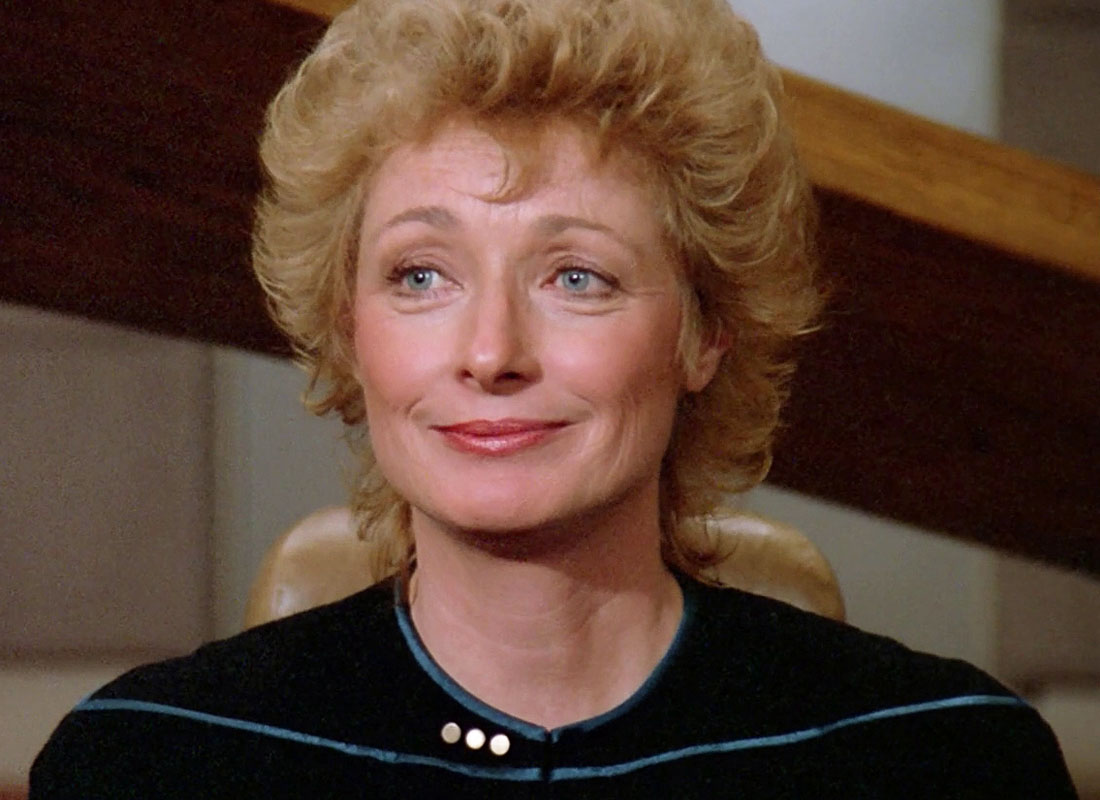
TREKCORE: Many of your Star Trek novels, including your most recent, have been focused on the original Star Trek. What made you want to write about The Next Generation crew for these short stories?
COX: To be honest, the magazine specifically asked me for Picard and Pulaski stories, respectively, which gave me a welcome opportunity to revisit TNG, which I hadn’t written about for a while. Indeed, this was the first time I’d ever written Doctor Pulaski, which was new and interesting.
TREKCORE: Your first story in this collection concerns Doctor Pulaski. What’s your perspective on her as a character? Is she unfairly maligned by fans?
COX: I think Pulaski (who already had one strike against her for replacing Beverly Crusher) got off on the wrong foot with fans when the show pitted her against Data early on. In hindsight, this was a strategic error on TNG’s part.
I get that they were trying to set up a dynamic similar to Spock vs. McCoy on the Original Series, but Data is not Spock; Data came off as a far more innocent character, so it seemed as though Pulaski was picking on a defenceless target, whereas Spock, gave as good as he got when trading barbs with McCoy.
I’m not sure some fans ever forgave her for that, and, for better or for worse, she didn’t stick around long enough to overcome that bad first impression, despite Diana Muldaur’s considerable acting chops. (She will always be Doctor Miranda Jones from the Original Series to me.)
In my Pulaski story, I decided to deal with the whole android-phobia thing head on, since that seems to be the main thing fans remember about her.
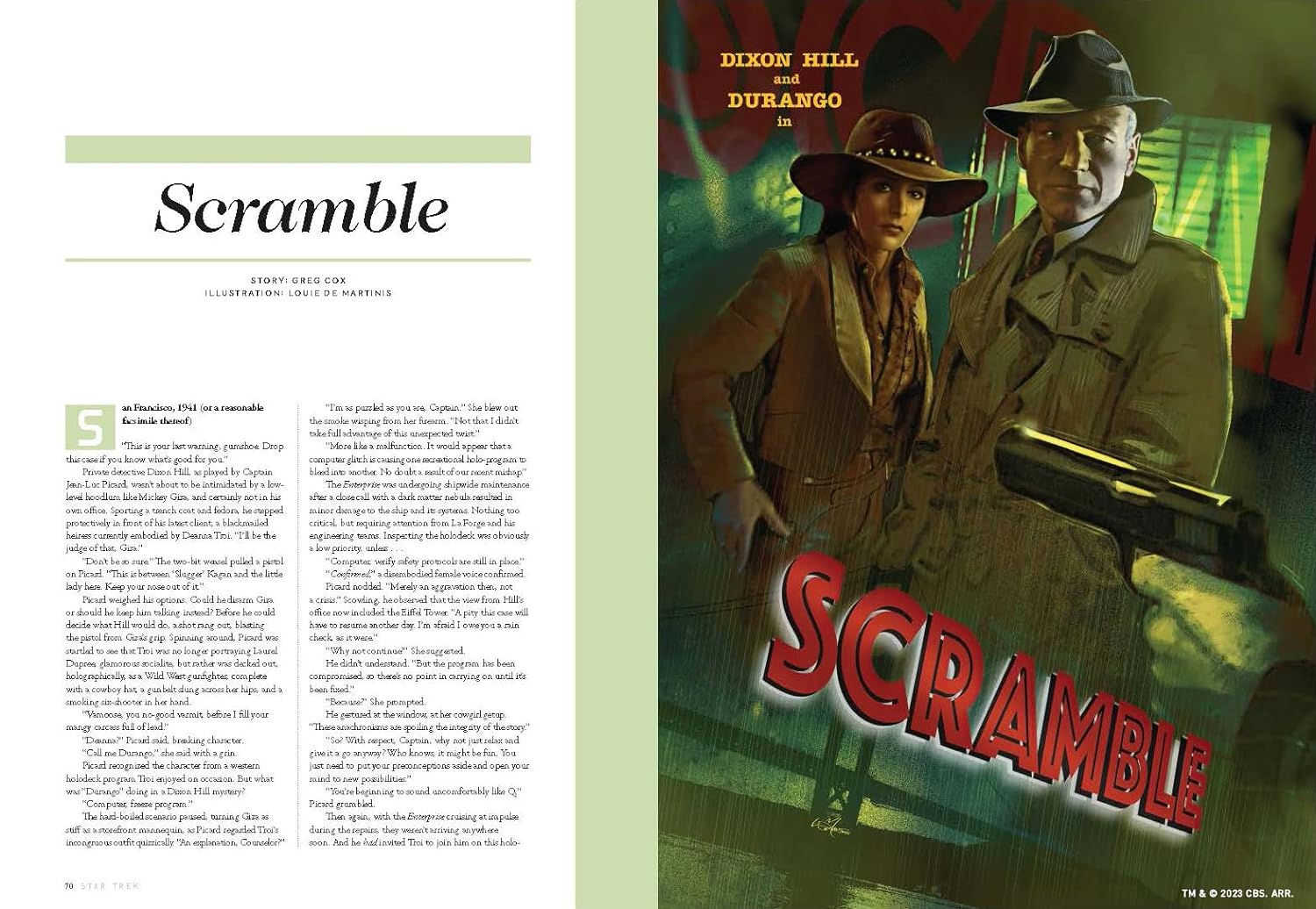
TREKCORE: Your other story is a classic holodeck adventure. How do you think about the holodeck’s role in telling a Star Trek story, and how did you think about using it in this story?
COX: After writing Trek fiction for close to thirty years, I’m always looking for things I haven’t done yet. Dixon Hill was one of those, but rather than just write a hard-boiled detective pastiche, I thought it would be fun to “scramble” the various holodeck scenarios we’ve seen in the past — and throw them all at Picard and Troi at once.
In general, I think the holodecks allow you to play with genre and mix Star Trek with other kinds of fiction, just a fun change of pace.
TREKCORE: Do you have any more Star Trek stories on the way?
COX: Thanks for asking! Along with writing new stories for Star Trek Explorer, I also have a big new the Original Series novel coming out in July: Lost to Eternity. This will be my first new Trek novel in four years and stretches over three different eras: present-day Earth, Kirk’s original five-year-mission, and the Original Series movie era.
At roughly 129,000 words, it’s at the other end of the spectrum from my short stories in the new compilation!

Star Trek – “The Mission” and Other Stories is in stores February 13.
![]()



